Outrage over attempt to import 18 endangered giraffes into Taiwan
At the beginning of 2020, Sanlih E-Television Group's SET Studio Park became the largest shareholder of Wanpi World Safari Zoo, the largest private zoo in southern Taiwan. Immediately thereafter, Sanlih initiated ambitious plans to import 18 giraffes from Africa in addition to white rhinos, antelopes, zebras and other wild animals in an effort to profit off of animal captivity. On June 21, a coalition of animal protection groups presented evidence that demonstrates extremely poor standards of animal care at Wanpi World, with inadequate animal enclosures and deficient standards of veterinary care.
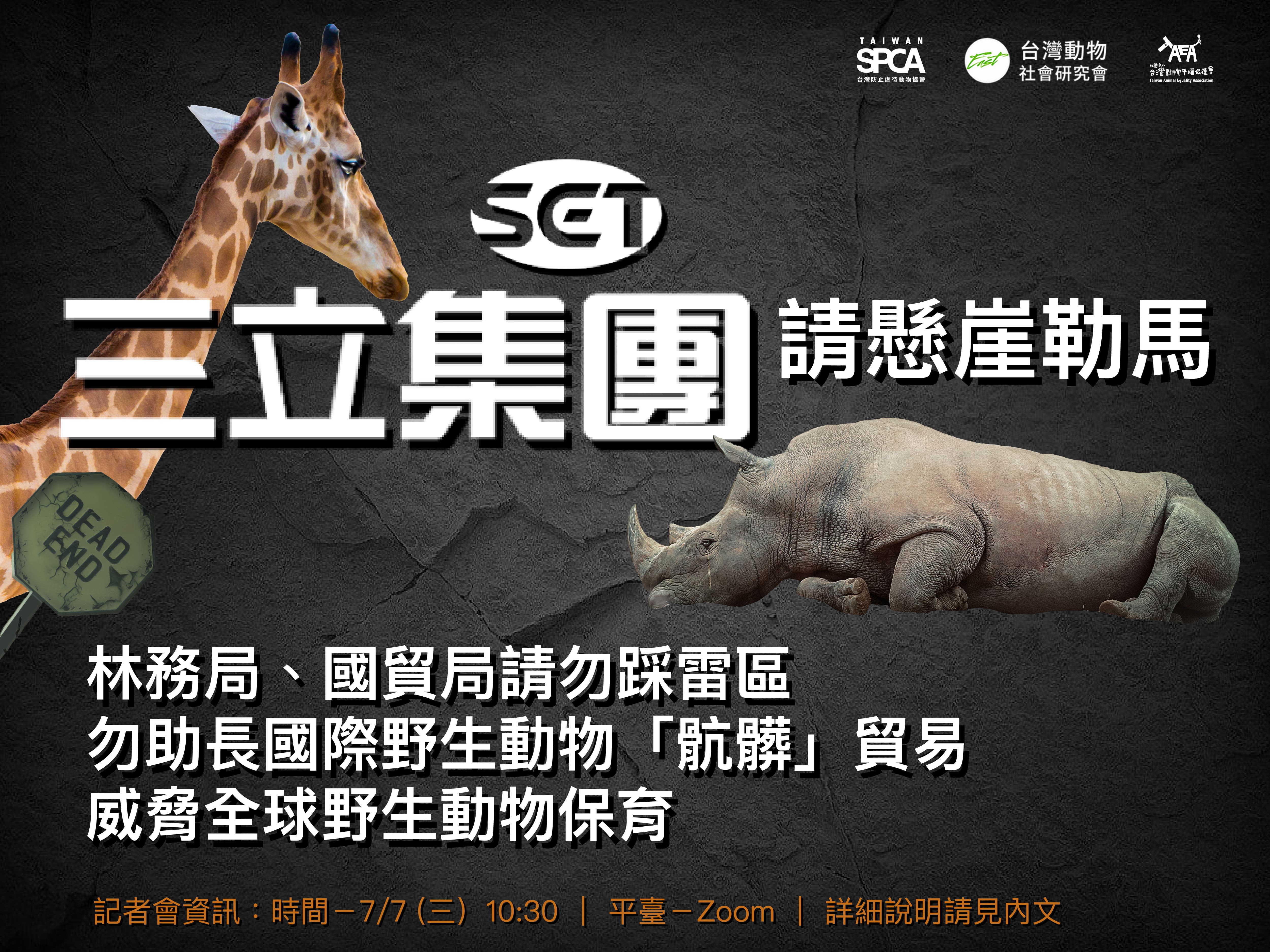
On July 7, TSPCA, EAST and TAEA held a second press conference to reveal four damning findings from their cross-border investigation, and provided concerning evidence that Taiwan may be implicated in illegal wildlife trafficking.
The press conference featured international wildlife conservation expert Dr. Fred Bercovitch, the former executive director of Save the Giraffes Foundation, co-author of the IUCN Giraffe Assessment Report, and chief giraffe expert representative at CITE's 18th Conference of the Parties (COP18).[1]
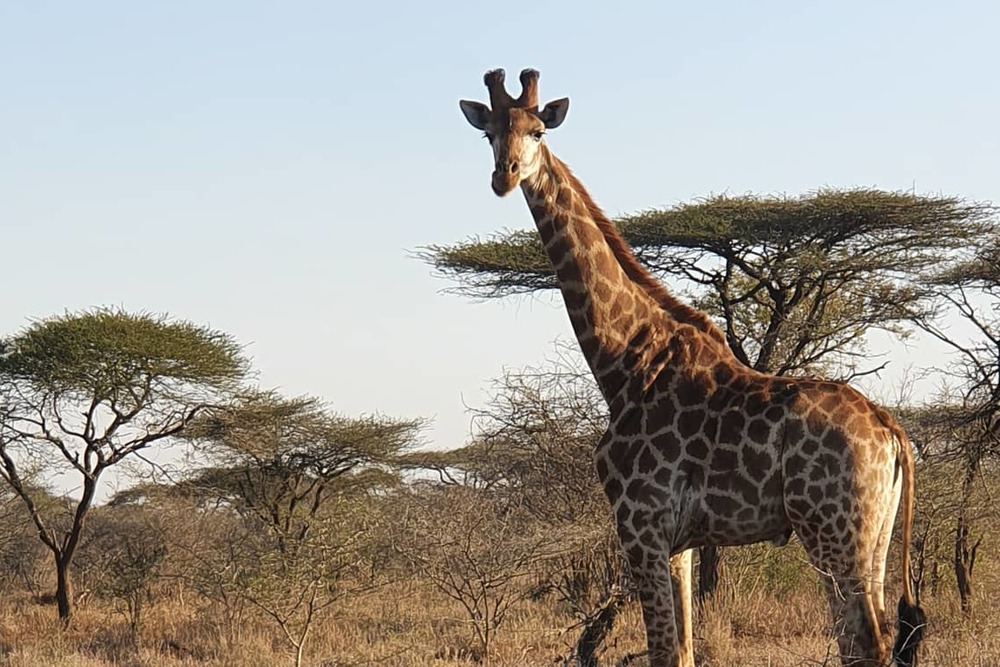
Image sourced from the website of Big Game Parks.
1. Taiwan's importation of endangered giraffe subspecies threatens to accelerate their "silent extinction."
Studies have shown that the global population of wild giraffes has plummeted by almost 40% over the last 30 years.[2] At the end of 2016, giraffes were listed as Vulnerable on the IUCN Red List of Threatened Species. According to the IUCN classification, there are nine subspecies of giraffes, four of which are classified as either "endangered" or "critically endangered." Experts point out that with this declining population, giraffes are heading towards a "silent extinction."[3][4]
According to an official statement, Sanlih plans to import reticulated giraffes (Giraffa camelopardalis ssp.reticulata); the subspecies is classified as "endangered" by the IUCN.
Furthermore, giraffes were officially listed in CITES Appendix II in 2019. While the listing does not necessarily imply that the species is threatened with extinction, it means that the trade in giraffes must be controlled in order to avoid utilization incompatible with their survival. The listing sends a strong signal that giraffe conservation requires urgent attention, and has led the international community to step up its efforts to protect giraffes through trade control measures.
While some countries, including Eswatini, voted in favor of "split-listing" for giraffe subspecies at COP18, the motion was emphatically rejected. Therefore, the CITES Appendix II listing applies to all subspecies and does not exclude any giraffe population in any country.
-
Kodolfan Giraffe (Giraffa camelopardalis ssp.antiquorum): Critically Endangered (CR)
-
Nubian Giraffe (Giraffa camelopardalis ssp.camelopardalis): Critically Endangered (CR)
-
Reticulated Giraffe (Giraffa camelopardalis ssp.reticulata): Endangered (EN)
-
Maasai Giraffe (Giraffa camelopardalis ssp.tippelskirchi): Endangered (EN)
-
Rhodesian Giraffe (Giraffa camelopardalis ssp.thornicrofti): Vulnerable (VU)
-
West African Giraffe (Giraffa camelopardalis ssp.peralta): Vulnerable (VU)
-
Rothschild Giraffe (Giraffa camelopardalis ssp.rothschildi): Near Threatened (NT)
-
Angola Giraffe (Giraffa camelopardalis ssp.angolensis): no danger (LC)
-
South African Giraffe (Giraffa camelopardalis ssp.giraffa): not assessed
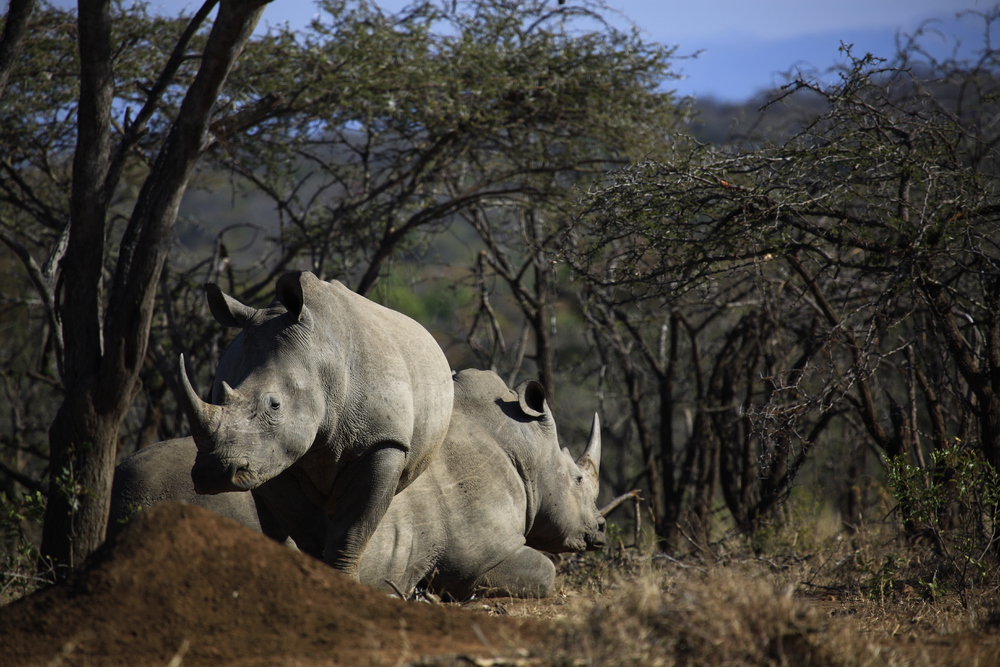
Image sourced from the website of Big Game Parks.
2. The Forestry Bureau’s hasty approval risks invertedly supporting the illegal wildlife trade.
In 2018, the resolution to list giraffes in CITES Appendix II secured overwhelming support from delegates of CITES COP18. However, Eswatini filed a "reservation", meaning that it does not want to abide by CITES’ giraffe-related regulations.
At the first press conference on June 21, the COA Forestry Bureau and the MOEA Bureau of Foreign Trade stated that “because Eswatini and Taiwan are both non-parties to the CITES convention, this is a transaction between non-parties.” Moreover, since Eswatini filed a "reservation", the authorities jointly asserted that "Eswatini's giraffe population does not fall under the prerogative of CITES."
Connie Chiang, Executive Director of the TSPCA, strongly refuted this claim, stating: “While Taiwan is not a formal CITES delegate due to political factors, Taiwan fully complies with the CITES provisions—as stated on Taiwanese government websites—and pro-actively participates in international wildlife conservation.”
“It is unacceptable for Taiwan to surrender its principles in dealings with Eswatini simply because Eswatini is the only country in Africa that maintains diplomatic relations with Taiwan,” she added.
At COP18, Eswatini filed a "reservation" against the listing of giraffes in Appendix II. In accordance with Clause 3 of Article 15 and Article 23 of CITES, "until such reservation is withdrawn the Party shall be treated as a State not a Party to the present Convention with respect to trade in the species concerned."
While it is therefore correct to say that Eswatini is not a party in regards to giraffe conservation, this does not mean that giraffes from Eswatini are not CITES Appendix II species. In addition, CITES 9.5 (Rev. COP16) stipulates that in trade of Appendix II species between a party state and "a state that is not a party to CITES", the importing country must still ask the exporting country to provide "Non-Detriment Findings" and "Legal Acquisition Findings" documents to prove that the animals to be exported are not from illegal capture and will not pose a threat to the wild population. Regrettably, despite claiming to abide by CITES principles, Taiwan's central conservation authority chose to issue the import permit without obtaining any of the aforementioned documents.
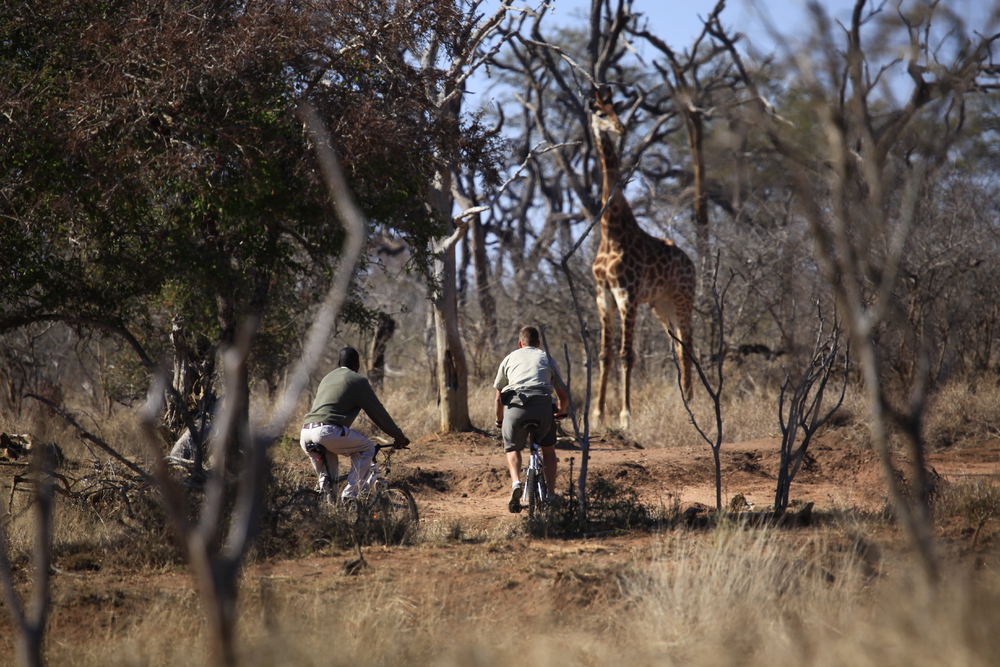
Image sourced from the website of Big Game Parks.
3. Taiwanese authorities lack a basic grasp of the source and provenance of the giraffes.
Sanlih is set to import the giraffes from Eswatini—a country with no native giraffe species. According to a 2013 Giraffe Conservation Foundation survey, there have only ever been Angolan giraffes and South African giraffes in the country, which were imported from neighboring countries and subsequently bred in captivity.[1]
Animal protection groups have made inquiries to authorities to determine the giraffe subspecies that Sanlih intends to import, however we found that the Forestry Bureau was unable to answer even this most fundamental question.
An official statement from Sanlih, however, shows that they plan to import reticulated giraffes (Giraffa camelopardalis ssp.reticulata). This subspecies is native only to Kenya, Somalia, and Ethiopia in north-eastern Africa, located thousands of kilometres from Eswatini, and is listed as "Endangered" by IUCN, meaning the proposed import could pose a serious threat to the wild population.
Consultations with Humane Society International’s (HSI) South Africa office confirm that, to their knowledge, Eswatini is not home to any native reticulated giraffe populations. Moreover, the CITES trade database has no record of reticulated giraffe exports to Eswatini from their native countries since the CITES listing in 2019.
If Forestry Bureau is unable to obtain legal, reliable documents that show that the 18 reticulated giraffes were imported legally to Eswatini and successfully bred between 2013 to 2019, there is a real and significant risk that the giraffes in question are a product of the illegal wildlife trade.
A review of the Forestry Bureau’s form "Application for Export and Import of Live Wild Animals and Products of Protected Wild Animals" by animal protection organizations found that authorities do not require critical, basic information about animals being imported, including the subspecies, age, and sex of the animals. Given there are nine subspecies of giraffe with different countries of origin, conservation statuses, and threats to survival, the apparent lack of information makes it impossible for the authorities to ensure the import does not endanger wild giraffe populations. As the authority responsible for wildlife conservation, the Forestry Bureau must shoulder full responsibility for this inexcusable negligence.
According to Dr. Bercovitch, the fact that Taiwan intends to import endangered reticulated giraffes from Eswatini—a country that is not natural habitat for giraffes, but sells giraffes abroad for profit—is extremely detrimental to giraffe conservation and an act we must condemn. Dr. Bercovitch emphasized that the reticulated giraffe is native to the hot and arid climate of Northeast Africa, and labelled the planned importation “appalling” and “inhumane”.
Dr. Bercovitch further challenged the plans:
-
Why and how were these giraffes brought to Eswatini? Was it an ex-situ conservation effort to protect the endangered species? If this is for conservation, why is Eswatini selling them to other countries now? Are these animals being kept in different private reserves in Eswatini for tourism or hunting purposes? Or are they meant for breeding and sale for economic gain? Or do they have any unknown disease?
-
The Taiwanese government must not only have a clear grasp of the age/sex composition of the 18 giraffes destined for Taiwan, but must also clearly understand the makeup of the original/founding population. Do these 18 giraffes account for 100% or 50% of the founding population, or what proportion are we talking about? This affects wild populations and conservation. If the government and Wanpi Zoo do not know clearly the age/sex of the animals, they will not be able to safeguard the welfare of these giraffes. For example, are any of the animals adult males? Which could lead to serious fighting within the group in a captive setting.
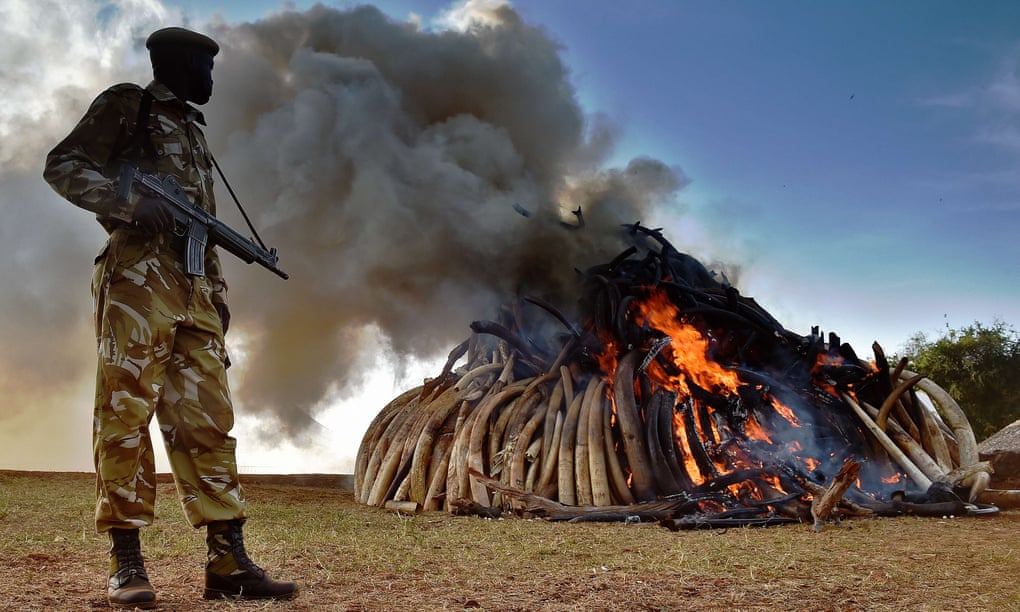
Image source: Carl de Souza_AFP_Getty
4. Sanlih risks dealing with the "devil" in deal with controversial facility—Big Game Parks.
According to cross-border investigations by animal protection groups, the likely source of the 18 giraffes, rhinos, antelopes and other wild animals is Big Game Park. The Park is a wild animal park in Eswatini whose management the king and royal family have outsourced to a man named Ted Reilly and his family. The Park includes one national park and three game reserves, all of which are privately managed by the Reilly family.
Yu-Min Chen, deputy chief executive of EAST, pointed out that the Reilly family enjoys notoriously close ties with the royal family of Eswatini, which has delegated the decision-making and enforcement powers relating to the country's hunting law and CITES management to the Reilly family. In this troubling arrangement, the Reilly family is empowered to issue relevant statutory certification documents, enabling it to sell wildlife for profit without oversight. Defying international conservation norms, the Reilly family is both the player and the referee.
The conservation strategies of the Ted Reilly family have been widely criticized by international conservation experts and animal protection groups, including the family’s support for the trade in ivory and and rhino horns, as well as the controversial practice of trophy hunting. Moreover, in 2003 the family threatened to slaughter "surplus" African elephants to enable the sale of 11 African elephants to the United States. In 2015, the Reilly family used the same tactic, selling 17 African elephants to US zoos (originally 18, however one died of illness before departure), despite the fact that there were fewer than 35 elephants left in Eswatini at the time. Today, Big Game Parks is using the same old trick, wearing the hats of both "conservation" and "wild animal management" to profit off the sale of wild animals to Sanlih. Animal protection groups solemnly urge the government and Sanlih to step on the brakes and stop dealing with the "devil"
Sanlih should grasp this opportunity for change
On behalf of the alliance, Ms. Chen condemned Sanlih’s decision to spend NT$180 million dollars on importing the giraffes, threatening wild giraffe populations and harming animal welfare.
“Without fully understanding the real source of these animals and putting them through long-distance transportation, these animals face high risk of mortality. Instead, the money would be better used to support wildlife research, rescue, rehabilitation, and education work by conservation agencies and organizations in Taiwan” she said.
"The role and functions of modern zoos are constantly being challenged and questioned. A zoo that really cares about conservation and education is a zoo that prides itself on ‘negative captivity,’ added Ms. Chen.
Ms. Chen urged Sanlih to adapt its business strategy and become an exemplar of native species conservation, providing visitors with meaningful, educational tours that showcase rescue and rehabilitation efforts—rather than treating animals as exotic showpieces valued only for their looks.
Taiwan’s animal protection community makes the following appeals:
-
Sanlih E-Television Group and the Taiwanese government should correct course by withdrawing the import permit of the 18 giraffes and revoke the import permit applications for other wild animals.
-
Government agencies should fully implement relevant CITES regulations and guidelines; for the import and export of species listed in the CITES Appendixes, relevant reviews should be conducted with regards to biodiversity and conservation.
-
Both the central and local animal protection authorities should demand Wanpi World Safari Zoo immediately improve the appalling environments in the zoo and improve its veterinary care for captive animals.
Global Petition: Call for the Taiwanese government and Sanlih to stop the import of 18 giraffes! http://chng.it/VpVPW8DCfG
Media links: https://bit.ly/3hnenO0
Press contacts
Chen Yu-Min, Deputy Chief Executive of EAST
Mobile: +886-910-150-908
Phone: +886-2-2236-9735
Email: [email protected]
Connie Chiang, Executive Director of Taiwan SPCA
Molbile: +886-953-850-303
Phone: +886-2-2738-2130
Email: [email protected]
[1] Country Profile-Kingdom of Swaziland-Giraffe Conservation Status Report|https://giraffeconservation.org/wp-content/uploads/2016/03/Swaziland-Profile.pdf
[1] Wildlife Conservation Biologist/Former Executive Director of Save the Giraffes Foundation- Fred Bercovitch.
-Co-author of the IUCN Red List Assessment for giraffes, participated in compiling all the information that is contained in the assessment.
-The first author on the Thornicroft's giraffe assessment.
-Was the 'giraffe expert' who provided the conservation science background at COP18 for listing giraffes on Appendix II.
-Studied animals in the wild and in zoos for over 40 years. Studied giraffes for about 20 years, including research in Zambia, South Africa, and Tanzania, and have also studied baboons in Kenya, elephants in Botswana, and koalas in Australia.
-Have published over 150 peer-reviewed scientific papers.
[2] 2016 IUCN Giraffe Assessment Report|https://reurl.cc/yEKYkD6
[3] IUCN Red List|https://www.iucnredlist.org/species/9194/136266699
Giraffe Conservation Foundation|https://giraffeconservation.org/giraffe-conservation-status/
[4] IUCN SSC Giraffe and Okapi Specialist Group|https://www.iucn.org/news/secretariat/201612/new-bird-species-and-giraffe-under-threat-–-iucn-red-list










